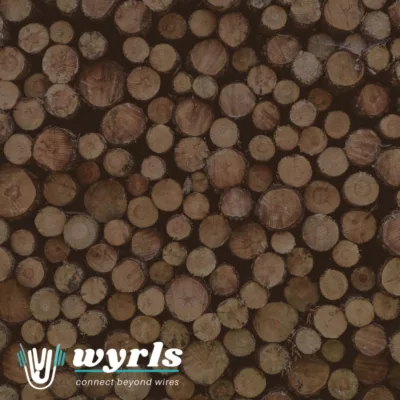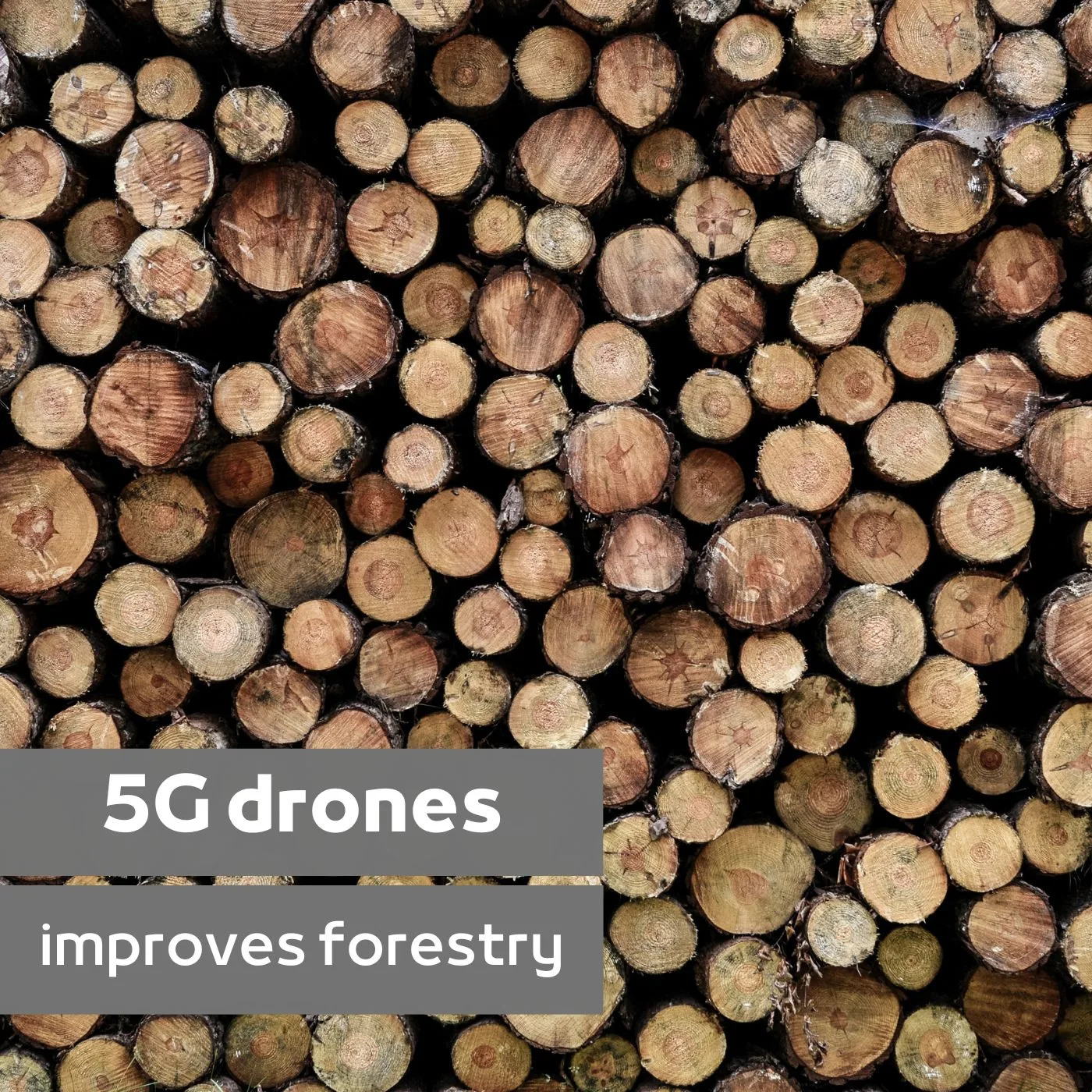 This week I had the chance to speak at Global 5G Evolutions event and my topic was 5G and forestry. In summary: In recent years, Skogforsk, the Forestry Research Institute of Sweden, has been researching innovative ways to improve forestry operations, including the use of remote-controlled forwarders. Forwarders, large machines that pick up and transport logs, operate in challenging environments like Sweden’s vast forests, where network connectivity can be inconsistent. With 69% of Sweden’s land covered by forests, improving forestry logistics has the potential to transform a major industry.
This week I had the chance to speak at Global 5G Evolutions event and my topic was 5G and forestry. In summary: In recent years, Skogforsk, the Forestry Research Institute of Sweden, has been researching innovative ways to improve forestry operations, including the use of remote-controlled forwarders. Forwarders, large machines that pick up and transport logs, operate in challenging environments like Sweden’s vast forests, where network connectivity can be inconsistent. With 69% of Sweden’s land covered by forests, improving forestry logistics has the potential to transform a major industry.
Why 5G?
5G technology, with its promise of consistent speed, low latency, and wide coverage, offers an exciting opportunity for unmanned vehicle operations in forestry. However, the challenges of bringing 5G coverage to remote areas are substantial. Skogforsk has been investigating three main network solutions for these operations: public 5G networks, private 5G base stations, and dedicated slices of the macro network. Each option offers benefits, but they also present challenges—especially when it comes to maintaining consistent coverage in rural, heavily wooded areas.
Here are the slides from the event. and the recording:
5G-base-station in a drone?
One particularly innovative solution tested by Skogforsk involved using drones to lift a 5G base station to high altitudes, successfully covering a 3 km area while the operator controlled the forwarder from 90 km away. The idea of using drones to extend network coverage is promising for temporary network setups, even beyond the forestry sector. This approach could be especially useful in scenarios like disaster recovery or road construction, where reliable communication is essential in rural or difficult-to-reach areas.
While battery life remains a limitation for drone-based base stations, the concept shows significant potential. Removing the need for ground-based infrastructure in remote areas offers flexibility and cost savings. Additionally, 5G’s enhanced Mobile Broadband (eMBB) and Ultra-Reliable Low Latency Communication (URLLC) capabilities are ideal for controlling machines that require fast response times, such as forwarders operating in rough terrain.
Skogforsk’s research demonstrates how 5G can revolutionize not only forestry but also other industries that depend on efficient operations in remote environments. With continuous innovation and the right infrastructure solutions, the future of remote-controlled machinery, powered by 5G, looks bright. (More about this can be found here.)

